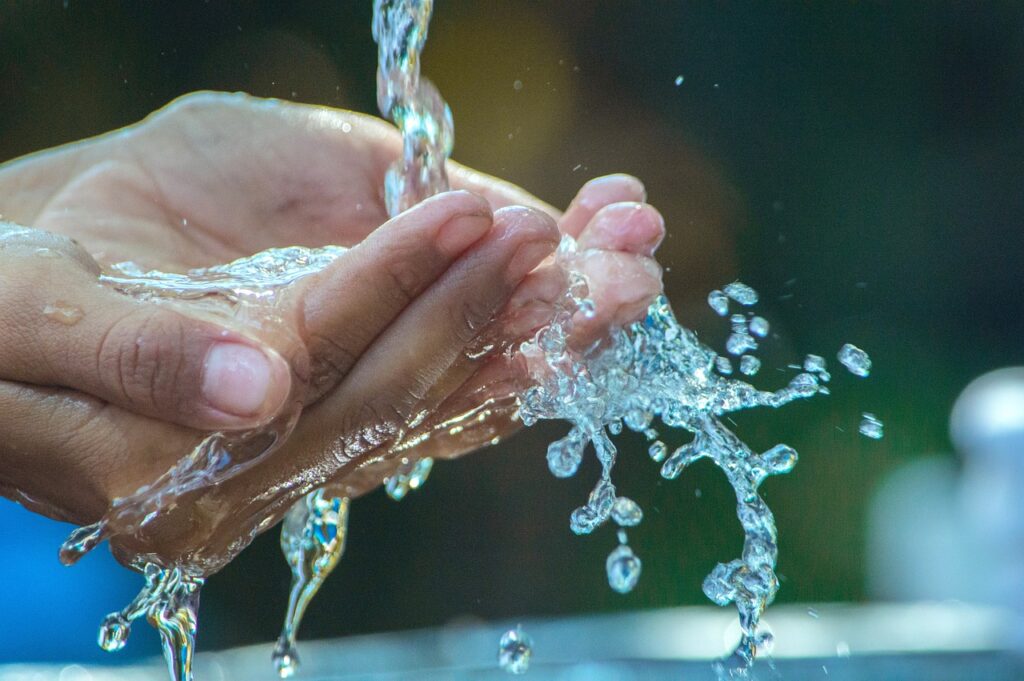
The need to make water management more effective is placing technological solutions that use data to control and monitor the entire supply chain at the forefront.
According to data from WWF, two-thirds of the global population may face water scarcity by 2025. The main reasons are population growth and climate change, in addition to overloaded water infrastructure, pollution, and inadequate water management.
Smart water management through IoT devices appears to be the most viable solution for homes, government structures, and agricultural enterprises. In fact, companies worldwide are increasingly investing in smart water management, driving this market from $14.3 billion in 2021 to $53.6 billion by 2031.
This smart water management involves planning, allocating, and monitoring water resources and maintaining related equipment, such as pipes and pumps, through hardware, software, and data management.
Sensors, controllers, meters, and other devices are connected to mobile devices, web applications, and data processing and analysis tools. All this creates a platform for efficient water supply management across various aspects.
IoT devices and sensors connected to pipes, treatment plants, and pumps collect real-time data on temperature, level, flow, among others. These data are then transmitted over the Internet to a cloud server for further processing and analysis. The insights gained contribute to effective management of the entire system.
For businesses and governments, IoT solutions for water management find applications across numerous industries, from agriculture and smart irrigation to urban water management, control of water treatment plants, dams, and rivers. These technologies not only allow for the automation of procedures that require manual intervention but also forecast problems and respond instantly: for example, verifying water quality and identifying contamination before it becomes hazardous. Finally, they track damage to pipes and other assets, helping prevent leaks and water resource waste.
At home, the benefits of connecting pipes with sensors can save on repairs and detect leaks, as well as care for the supply.
In fact, leaks are responsible for 10,000 gallons of water lost each year per household, with around 10% of homes losing more than 90 gallons per day. There are sensors that detect soil moisture preventively. The most advanced even control water pressure at the source and detect leaks based on changes in that water pressure.
Smart faucets come with increasingly advanced features such as touchless control, flow adjustment, and expenditure monitoring. This means that Alexa, for example, can be used to ask your faucet to dispense a specific amount of water.
Smart thermostats, on the other hand, are placed both in plumbing and in the home’s electrical system to track energy values at any given moment and then plan heating accordingly—for example, heating a tank preventively when electricity rates are low.
As water supply becomes scarcer and climate change progresses, effective management of this scarce resource is an unavoidable task for homes as well as public and private management. Data and advancements in hardware and IoT are providing a revolutionary solution to mitigate a central issue for the coming years.
By Julio Cesar Blanco – May 23, 2023


